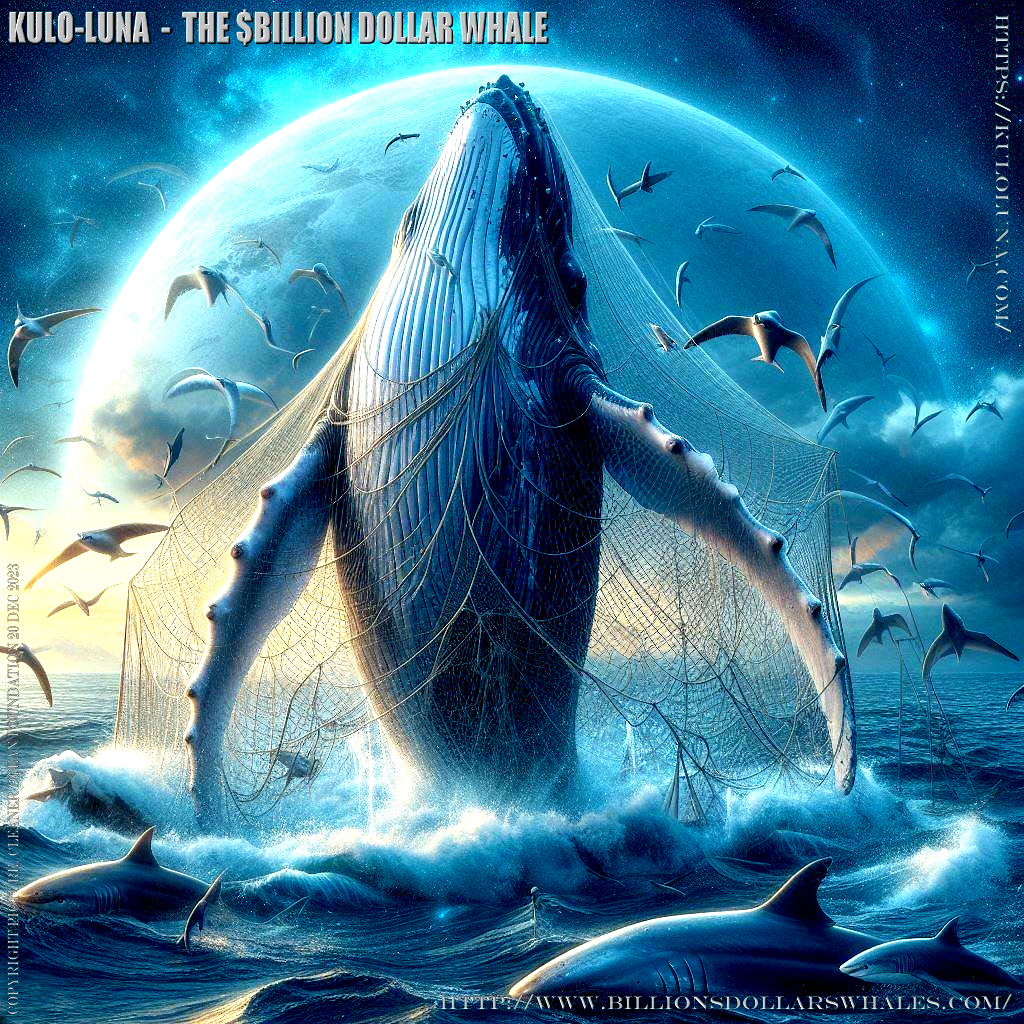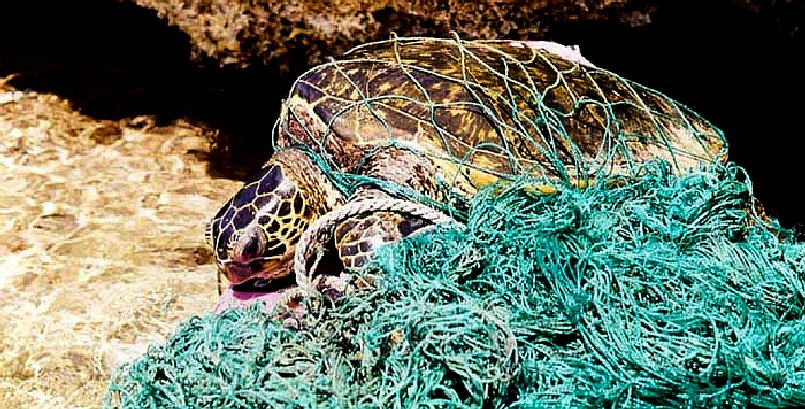|
F I S H I N G G E A R
Please use our A-Z to navigate this site or return HOME
This
is happening every day of the years, 365 days a year, fishing
nets are killing marine mammals and reptiles, sharks and other
game fish by the thousands
Approximately 46% of the 79 thousand tons of
ocean plastic in the
Great Pacific Garbage Patch is made up of
fishing
nets, some as large as
football fields, according to the study published in March 2018 in Scientific Reports, which shocked the researchers themselves who expected the percentage to be closer to
20%, rather 2%.
Fishing
gear accounts for roughly 10% of that debris: between 500,000
to 1 million tons of fishing gear are discarded or lost in the
ocean every year. Discarded nets, lines, and ropes
now make up about 46% of the Great
Pacific Garbage Patch. This marine plastic has a name:
ghost fishing gear.
...
NYLON -
This is a nylon fishing net with float line attached to small plastic floats.
Nylon is a very strong and durable engineering grade plastic
that is also used to make bearings for machinery, printers and
many more applications. It is not the plastic that is at fault,
it is the way we are using it for fishing.
This proactive organizations
needs all the help it can
get, where protected areas are ruthlessly exploited by uncaring fishermen - who know these conservation areas are not patrolled by the authorities. Indeed, it appears that
conservation areas are not routinely patrolled for enforcement purposes at all. And this the fishing community
know, and exploit, knowing that protected areas will contain
stocks that unprotected areas do not.
PROBLEM - From 2000 to 2012, the National Marine Fisheries Service reported an average of 11 large whales entangled in ghost nets every year along the US west coast. From 2002 to 2010, 870 nets were recovered in Washington (state) with over 32,000 marine animals trapped inside. Ghost gear is estimated to account for 10% of all marine litter.
Some commercial fisherman use gillnets that are suspended in the sea by flotation buoys, such as glass floats, along one edge. In this way they can form a vertical wall hundreds of metres long, where any fish within a certain size range can be caught. If not collected by fishermen these nets can continue to catch fish until the weight of the catch exceeds the buoyancy of the floats. The net then sinks, and the fish are devoured by bottom-dwelling crustaceans and other fish. Then the floats pull the net up again and the cycle continues. Given the high-quality synthetics that are used today, the destruction can continue for a long time.
BYCATCH
GHOST
NETS -
A sea
turtle is ensnared in this fishing net that has been abandoned
by fishermen. Fishing nets are made
of plastic that is very tough and float around killing marine
wildlife and when they finally sink, cause more harm to ocean
ecosystems. Ghost nets are fishing nets that have been left or lost in the ocean by fishermen. These nets, often nearly invisible in the dim light, can be left tangled on a rocky reef or drifting in the open sea. They can entangle fish, dolphins, sea turtles, sharks, dugongs, crocodiles, seabirds, crabs, and other creatures, including the occasional human diver. Acting as designed, the nets restrict movement, causing starvation, laceration and infection, and suffocation in those that need to return to the surface to breathe.
LINKS & REFERENCE
https://act.seashepherdglobal.org/
ABS - BIOMAGNIFICATION - BP DEEPWATER - CANCER - CARRIER BAGS - CLOTHING - COTTON BUDS - DDT - FISHING NETS FUKUSHIMA - HEAVY METALS - MARINE LITTER - MICROBEADS - MICRO PLASTICS - NYLON - OCEAN GYRES - OCEAN WASTE PACKAGING - PCBS - PET - PLASTIC - PLASTICS - POLYCARBONATE - POLYSTYRENE - POLYPROPYLENE - POLYTHENE - POPS PVC - SHOES - SINGLE USE - SOUP - STRAWS - WATER
GLOBAL WASTE PROBLEM - The above views of planet earth as global views show us the Atlantic, Indian and Pacific ocean gyres and estimates of plastic waste in (thousands) numbers of pieces of plastic waste per square kilometer of sea. The Pacific Ocean gyres are held to be the worst at the moment.
This website is provided on a free basis as a public information service. copyright © Cleaner Oceans Foundation Ltd (COFL) (Company No: 4674774) December 2023. Solar Studios, BN271RF, United Kingdom. COFL is a charity without share capital.
|









